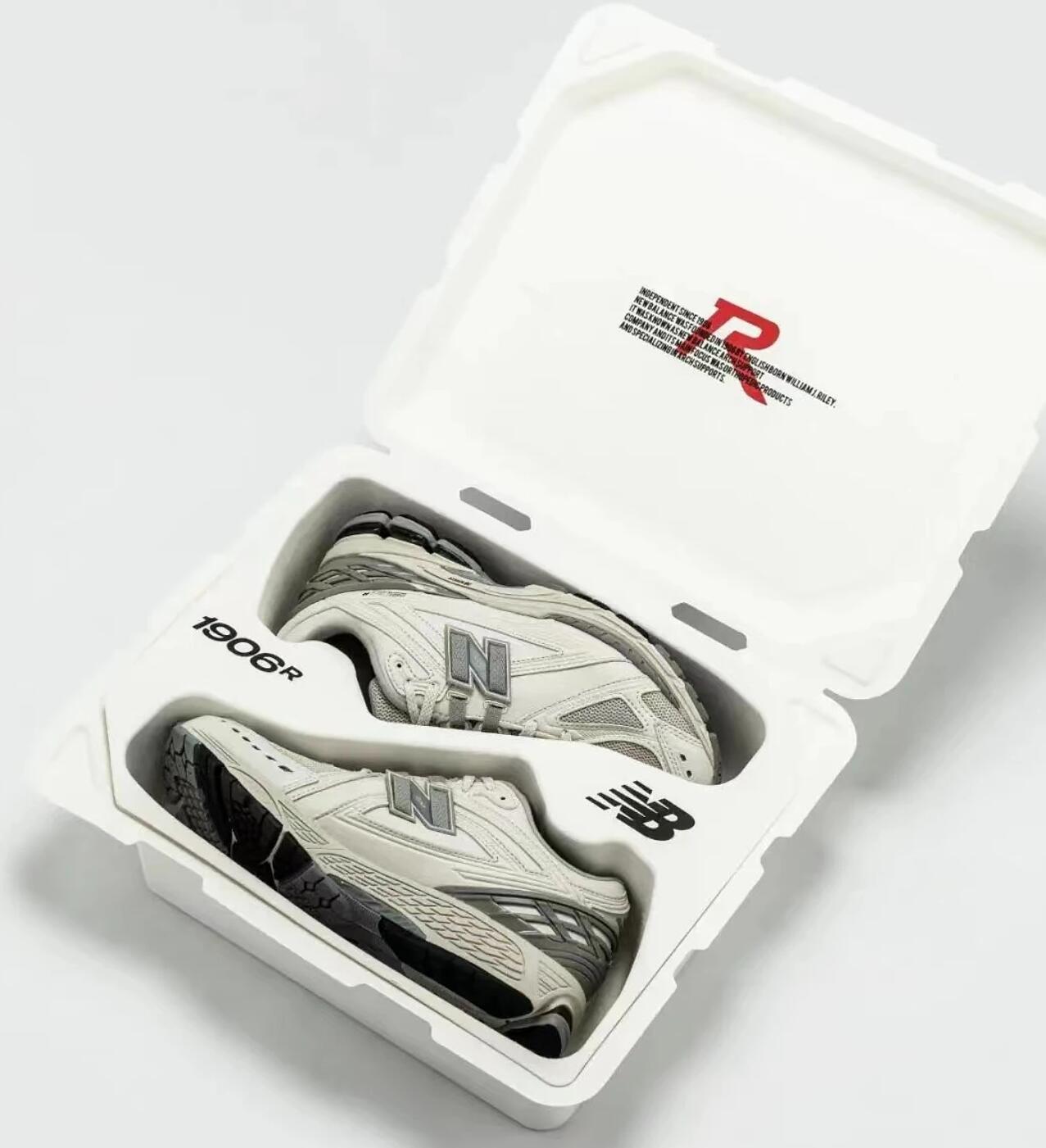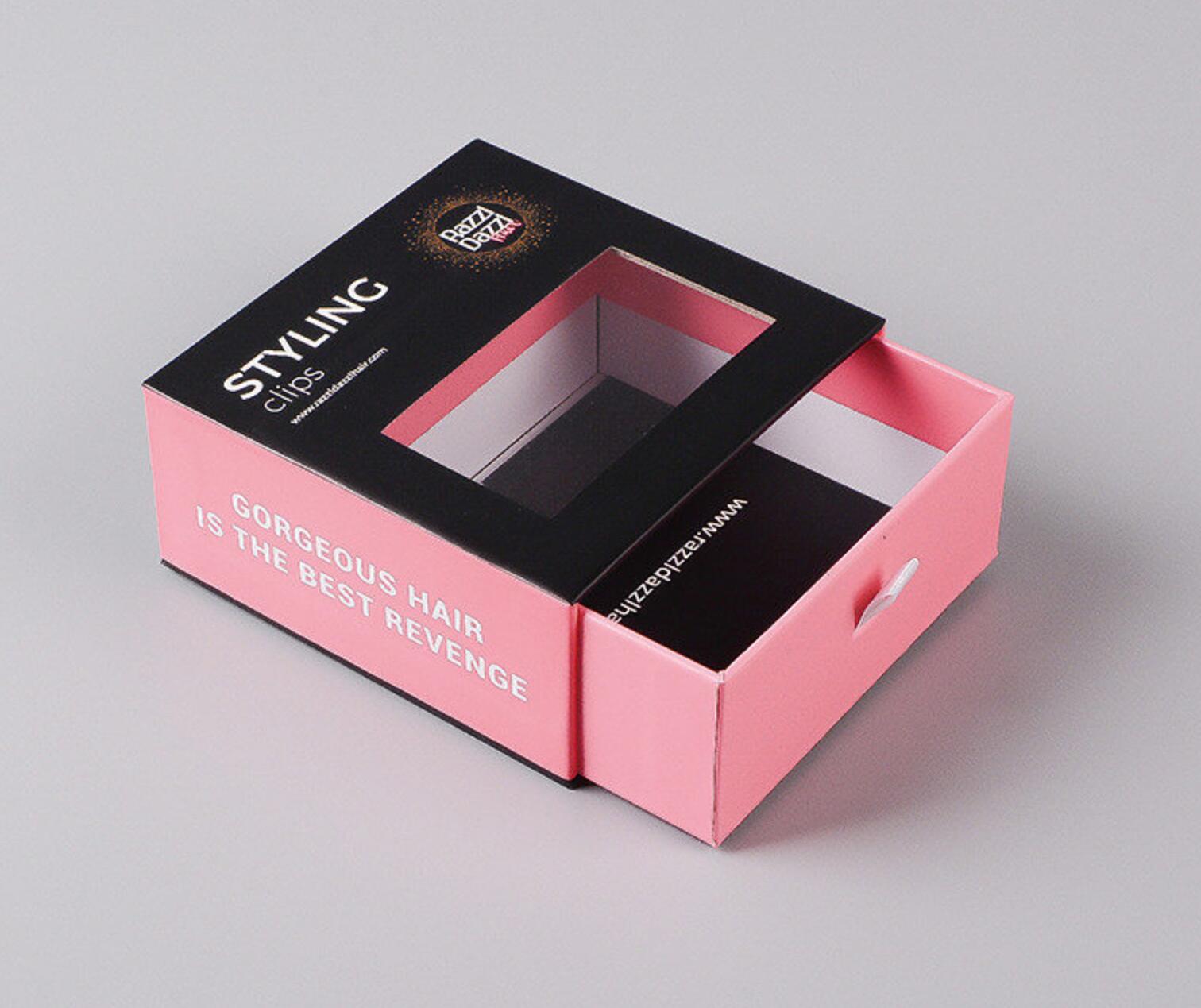Gift box packaging plays a crucial role in the sports industry, enhancing brand value, showcasing products, and providing a unique
unboxing experience. It serves as a physical representation of a brand's identity and values. In this article, we will explore the application
and design concepts of gift box packaging in the sports industry, incorporating the latest design trends and approaches.

1. Brand Representation:
Gift box packaging serves as a direct communication tool for sports brands. It should reflect the brand's values, aesthetics, and personality.
Incorporating the brand's logo, colors, and typography into the packaging design helps establish a strong visual identity. By aligning the
packaging with the brand's overall marketing strategy, companies can create a cohesive and memorable experience for consumers.
2. Sustainable Packaging:
As sustainability becomes increasingly important in the sports industry, eco-friendly packaging solutions are gaining popularity. Incorporating
recycled materials, biodegradable components, and minimalistic designs can reduce environmental impact. Brands can emphasize their
commitment to sustainability through packaging design, appealing to environmentally conscious consumers.
3. Functional Design:
Gift box packaging in the sports industry should be not only visually appealing but also functional. Including compartments, closures, or inserts
can enhance the practicality of the packaging. For example, a sports shoe box may include separate compartments for shoes and accessories,
providing organized storage and a convenient unboxing experience. Functional designs improve customer satisfaction and usability, adding value
to the overall product experience.
4. Customization and Personalization:
Personalization is a growing trend across industries, and the sports industry is no exception. Gift box packaging can be tailored to individual customers,
allowing for a more personalized experience. Adding the customer's name, a personalized message, or custom graphics can create a sense of exclusivity
and strengthen the emotional connection between the brand and the consumer.
5. Interactive Elements:
Incorporating interactive elements into gift box packaging can increase consumer engagement. QR codes, augmented reality (AR) features, or hidden
surprises can elevate the unboxing experience. Brands can use these interactive elements to provide additional information about the product, exclusive
content, or interactive games, creating a memorable and immersive experience for the consumer.
Conclusion:
Gift box packaging in the sports industry plays a vital role in brand representation, sustainability, functionality, customization, and interactivity. Brands
should embrace the latest design concepts to create packaging that aligns with their values and engages consumers. By utilizing a combination of visual
aesthetics and functional elements, gift box packaging in the sports industry can enhance product experiences, strengthen brand loyalty, and leave a lasting
impression on consumers.

In summary, the application and design concepts of gift box packaging in the sports industry are essential for capturing the attention and loyalty of consumers.
By embracing the latest design trends and combining brand representation, sustainability, functionality, customization, and interactivity, sports brands can
create packaging that resonates with consumers and delivers a memorable unboxing experience.





